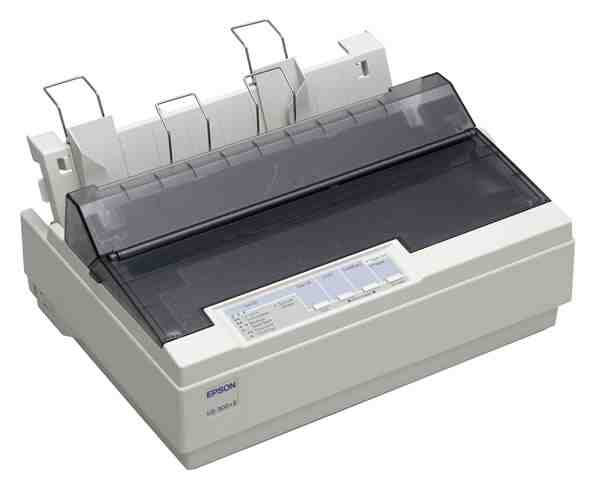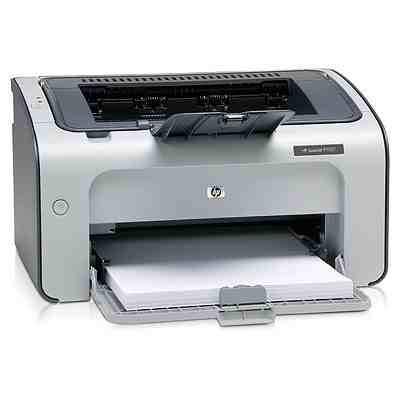Def Jam: Fight for NY Passwords
Unlock Points
Go to the cheat menu in “extras” and enter the following:
| Password | Effect |
| GETSTUFF | 100 reward points |
| DUCKETS | 100 reward points |
| CROOKLYN | 100 reward points |
| THESOURCE | 100 reward points |
| NEWJACK | 100 reward points |
Def Jam: Fight for NY Unlockables
Martial Arts Combinations
The following are the combinations of Martial Arts Styles.
| Unlockable | How to Unlock |
| Technical Freak | Martial Arts + Submission |
| Street Brawl 4 | Martial Arts + Kickboxing |
| Street Brawl 3 | Martial Arts + Streetfighting |
| Tiger Claw 1 | Martial Arts + Streetfighting + Submission |
| Drunken Kung-Fu 1 | Martial Arts + Streetfighting + Wrestling |
| Street Brawl 1 | Martial Arts + Streetfighting + Kickboxing |
| Tiger Claw 1 | Martial Arts + Submission + Streetfighting |
| Jeet Kune Do 1 | Martial Arts + Wrestling + Submission |
| Kung Fu 1 | Martial Arts + Submission + Kickboxing |
| Street Brawl | Martial Arts + Kickboxing + Wrestling |
| Street Brawl 2 | Martial Arts + Wrestling + Kickboxing |
| Drunken Kung Fu 1 | Martial Arts + Wrestling + Streetfighting |
| Street Brawl 1 | Martial Arts + Kickboxing + Streetfighting |
| Cruiserweight Style | Submission + Kickboxing + Wrestling |
| Muay Thai Kixkboxing | Kixkboxing + Streetfighting + Wrestling |
Unlockable Match types.
To unlock the following match types, complete the following.
| Unlockable | How to Unlock |
| Window Match | Beat Crow in story mode |
| Subway Match | Beat Danny Trejo in story mode |
| Demolition Match | Beat Magic in story mode |
| Inferno match | Beat Sticky Fingaz in story mode |
| Cage match | Beat Crack in story mode |
| Ring out match | Beat Chiang, Masa and |
Unlockable Venues.
To unlock the following venues, complete the following.
| Unlockable | How to Unlock |
| Hunt's Point Scrapyard | Beat Teck in story mode |
| Hunt's Point Scrapyard: After Hours | Beat the team of Magic and Crack in story mode |
| 7th Heaven | Beat Bonecrusher in story mode |
| 7th Heaven: Club DTP | Beat Ludacris in story mode |
| Gun Hill Garage | Beat Magic in story mode |
| | Beat Trejo in story mode |
| Red Hook Tire Co. | Beat Sticky Fingaz in story mode |
| Crow's Office | Beat Crow in story mode |
| Club 357 | Beat Ice T in story mode |
| Club 357: High Stakes | Beat Redman in story mode |
| The Dragon House | Beat Chiang, Masa and |
| The Heights | Beat N.O.R.E. in story mode |
| The Red Room | Beat WC in story mode |
| The Gauntlet | Beat Lil Flip in story mode |
| The Chopshop | Beat the Chopshop team tournament in story mode |
| The | Beat Sean Paul in story mode |
| Club Murder | Beat Crack in story mode |
Unlockable Characters
| Unlockable | How to Unlock |
| Ice T | Beat Ice T at Club 357 in story mode |
| Freeway | Beat Freeway at Syn Energy Powerplant in story mode |
| Slick Rick | Beat Slick Rick at Syn Energy Powerplant in story mode |
| Bless | Beat Bless at Syn Energy Powerplant in story mode |
| Comp | Beat Comp at Syn Energy Powerplant in story mode |
| Bone Crusher | Beat Bone Crusher at 7th Heaven in story mode |
| Bubba Sparxxx | Beat Bubba Sparxxx at The Pit in story mode |
| Erick Sermon | Beat Erick Sermon at The Pit in story mode |
| Flava Flav | Beat Flava Flav at The Terrordome in story mode |
| Crazy Legs | Beat Crazy Legs at The Terrordome in story mode |
| Elephant Man | Beat Elephant Man at The Babylon Club in story mode |
| Sean Paul | Beat Sean Paul at the Babylon Club in story mode |
| Solo | Beat Solo at the Babylon Club in story mode |
| Joe Budden | Beat Joe Budden at The Babylon Club in story mode |
| Pockets | Beat Pockets at The Babylon Club in story mode |
| Bo | Beat Bo at The Foundation in story mode |
| Omar Epps as O.E. | Beat O.E. at The Foundation in story mode |
| Ludacris | Beat Ludacris at 7th Heaven: Club DTP in story mode |
| N.O.R.E | Beat N.O.R.E at The Heights in story mode |
| Prodigy | Beat Prodigy at The Heights in story mode |
| Lil Flip | Beat Lil Flip at The Gauntlet in story mode |
| Fam Lay | Beat Fam Lay at 7th Heaven in story mode |
| Baby Chris | Beat Baby Chris at 7th Heaven in story mode |
| Fat Joe as Crack | Beat Crack at Club Murder in story mode |
| WC | Beat WC at The Chopshop in story mode |
| Mack 10 | Beat Mack 10 at The Chopshop in story mode |
| Warren G | Beat Warren G at The Chopshop in story mode |
| Snoop Dogg as Crow | Beat Crow at Crow's Office in story mode |
| Sticky Fingaz | Beat Sticky Fingaz at Red Hook Tire Co. in story mode |
| | Beat Memphis Bleek at The Limit in story mode |
| Danny Trejo | Beat Trejo at The Limit in story mode |
| Scarface | Beat Scarface in The Babylon Club in story mode |
| Teck | Beat Teck at Hunt's Point Scrapyard in story mode |
| Lauren | Buy her for 50 reward points in the 'Unlock Rewards' mode |
| Jacob The Jeweler | Buy him for 50 reward points in the 'Unlock Rewards' mode |
| Officier Starks | Buy him for 50 reward points in the 'Unlock Rewards' mode |
| Officier Jervis | Buy him for 50 reward points in the 'Unlock Rewards' mode |
| Suspect | Buy him for 50 reward points in the 'Unlock Rewards' mode |
| | Beat |
| Chiang | Beat Chiang at The Dragon House in story mode |
| Masa | Beat Masa at The Dragon House in story mode |
| Method Man as Blaze: Costume 2 | Beat story mode |
| Method Man as Blaze: Costume 3 | Beat story mode |
| Sticky Fingaz: Costume 2 | Beat story mode |
| D-Mob | Buy him for 100 reward points in the 'Unlock Rewards' mode |
| D-Mob: Costume 2 | Buy him for 100 reward points in the 'Unlock Rewards' mode |
| D-Mob: Costume 3 | Buy him for 100 reward points in the 'Unlock Rewards' mode |
| Lil Kim | Choose Lil Kim as your girlfriend, then beat Nyne at The Babylon Club in story mode |
| Kimora | Choose Kimora as your girlfriend, then beat Nyne at The Babylon Club in story mode |
| Cindy J | Choose Cindy J as your girlfriend, then beat Nyne at The Babylon Club in story mode |
| Shawnna | Choose Shawnna as your girlfriend, then beat Nyne at The Babylon Club in story mode |
| Carmen Electra | Beat her using your girlfriend at The Babylon Club in story mode |
| Carmen Electra | Choose Carmen as your girlfriend and beat your old girlfriend at The Babylon Club in story mode |
| Carmen Electra | Choose Carmen as your girlfriend and lose to your old girlfriend at The Babylon Club in story mode |
| Shaniqua | Choose any girlfriend, then lose to Nyne at the Babylon Club in story mode |
| Snowman | Buy him for 25 reward points in the 'Unlock Rewards' mode |


